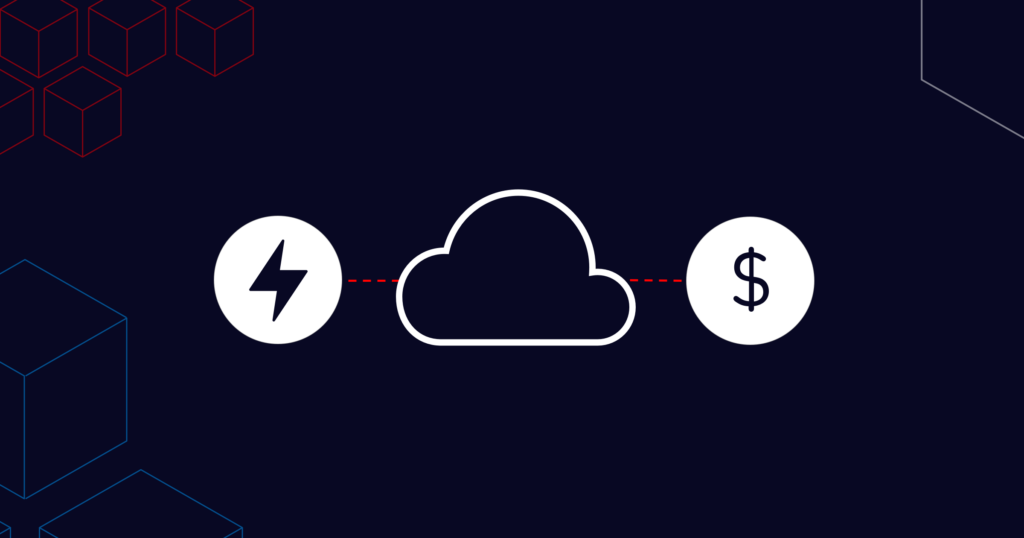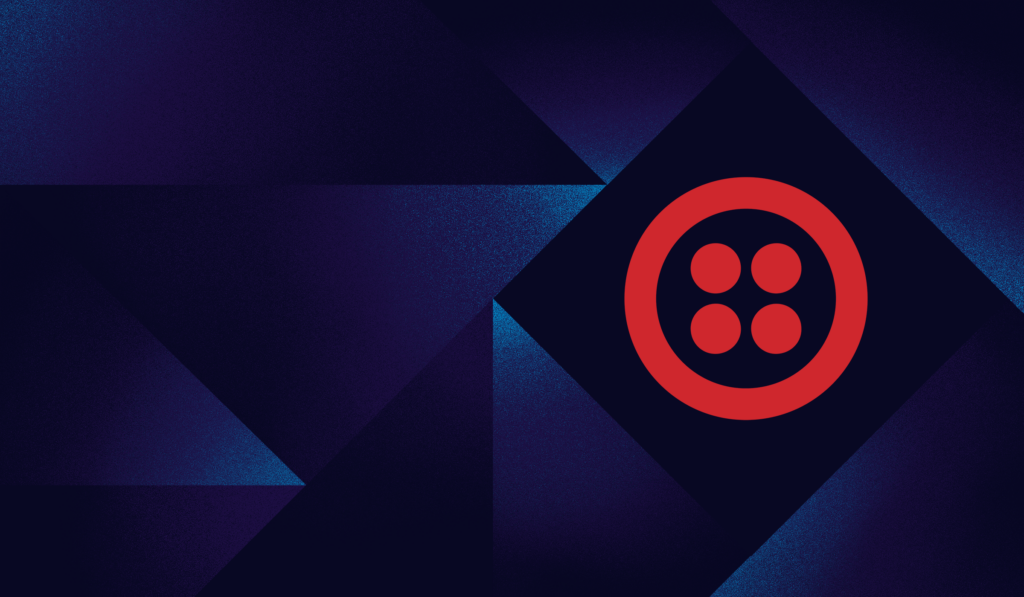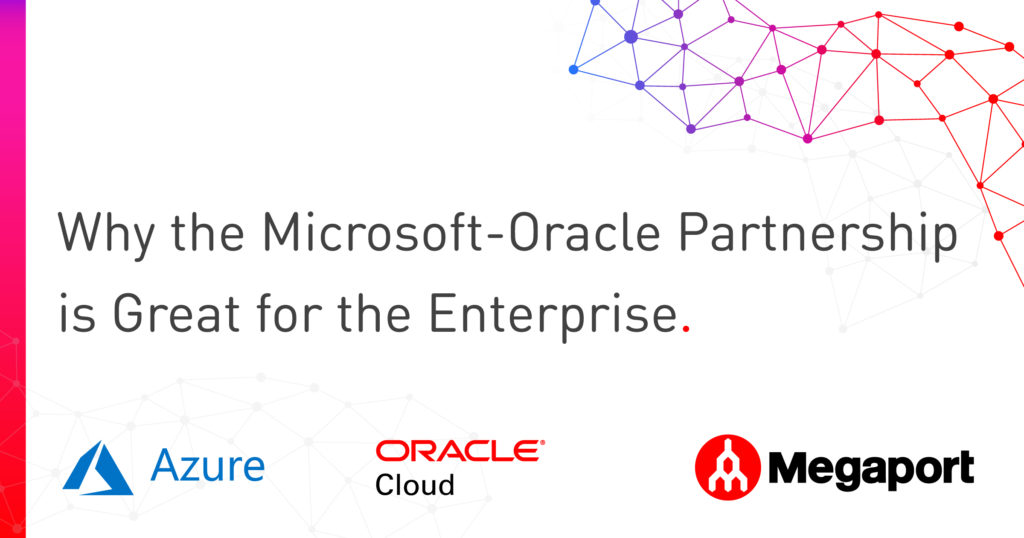
Optimizing Performance and Cost With Private Connectivity
- October 11, 2021
- RSS Feed
Cloud optimization is essential to reducing costs and improving performance – but what's the best method? We explore why private connectivity may be the answer.
Operating in the cloud is no longer merely an option for doing business in today’s data-driven commercial landscape. The uptake in public cloud services shows that enterprises are whole-heartedly embracing the cloud with projections of a $397.5 billion combined end-user spend on cloud services by 2022.
As a result, Infrastructure and Operations (I&O) leaders are being pushed to spin up incremental cloud connections quickly (with little to no planning) in response to the rapid growth and increased demands of their customers’ workloads. This becomes an issue when their own cloud strategy can’t support the flexibility needed in these instances.
When cloud cost optimization is a top priority – as 61% of organizations plan to optimize their cloud costs in 2021 – and at the same time, it’s considered the second greatest challenge for enterprises after security, the way one chooses and manages cloud connections should be top of mind for an I&O leader.
So, how do you manage strategic deployments to the public cloud, optimize cloud performance, drive cost efficiency, and capture the demands of your customers’ workloads – all while maintaining speed and timeliness?
We explain how choosing private network connectivity, and leveraging the benefits of Software Defined Networking, can make this a reality.
Public ports create performance and cost challenges
Gartner® states in its recent report “How to Optimize Network Connectivity into Public Cloud Providers” (which you can download here) that “I&O leaders who rely exclusively on Cloud Service Provider (CSP) public ports often experience performance and cost challenges, particularly when connecting into CSPs they consider strategic.”1
The typical scenario of using public CSP ports for cloud connectivity involves the following steps:
- Use a public internet connection from your headquarters or branch.
- Connect into the cloud provider’s VPN from your enterprise location.
- For a multicloud option, complete the above steps to each cloud of choice.
To service a basic use case, this option can and does work for many enterprises and I&O businesses; for example, if you’re planning to connect to one or two different cloud providers with minimal traffic throughput, and public internet bandwidth availability and security isn’t a high-risk concern for your company.

However, per our view from the Gartner report, this method has its limitations when it comes to visibility, scalability, costs, and performance. This is particularly true if you’re trying to manage a more complex cloud strategy that includes multicloud, and need the control and ability to service ever-increasing and changing workload demands.
So, what are the downfalls for performance and cost when choosing public ports and public internet connections to connect to the public cloud?
- Security: While your cloud storage may be secure, the network you use to connect to the cloud has its own separate security implications. The public internet is infamous for its high risk of cyber attacks and data breaches.
- Cloud ecosystem: For multicloud connectivity, having a wide choice of cloud provider options is key. However, managing numerous connections to public cloud separately can be both time- and resource-intensive.
- Bandwidth availability: Performance relies predominantly on availability. When you can’t guarantee bandwidth availability, you can’t guarantee that your network will perform well for your end users. This can impact revenues and consequently, impact business performance.
- Setup and egress costs: Initial outlays can be expensive when you’re using the public internet for business. You also may not be aware of the hidden egress costs most cloud providers charge when routing traffic back to your infrastructure using a public connection.
- Provisioning time: Time is money and often, businesses need to spin up connections fast. If your VPN provider doesn’t offer provisioning on-demand, this could cause massive delays in your speed-to-deployment (which could affect your bottom line).
- Configuration control and management: Public connections to CSPs don’t always come with comprehensive SLAs that ensure a minimum level of service, which can pose a threat to performance.
Therefore, we believe Gartner’s conclusion is that using the public internet to connect with CSPs often leads to suboptimal WAN performance. Instead, depending on the use case of an I&O leader, they suggest using private cloud connectivity that involves a Software Defined Cloud Interconnect (SDCI) service to execute their cloud strategy.
Many enterprises have already enhanced the Software Defined approach and are reaping the benefits it can bring. In fact, per the Gartner report, “by the end of 2024, 30% of enterprises will use SDCI services to connect to public CSPs, which is an increase from fewer than 10% in 2020.” Before we dive into this, let’s first explore the benefits of private network connections.
Benefits of private cloud interconnection
Opting for a private network to deliver on your cloud strategy could be the difference between major costs (in both spend and performance) and a flexible, cost-effective, and dedicated path to your chosen CSPs, particularly if you require a high-volume and/or multicloud architecture. How? Because private network connections have the following benefits:
- Predictable performance that doesn’t rely on the public internet (and its traffic) including lower latency and faster speeds.
- Controlled costs and lower egress fees as private connections are incentivized by CSPs.
- Reliability with lower risk of spikes in demand and variations in network capabilities.
Watch ‘Connect Over Coffee’; a simple overview for connecting to the cloud via Megaport.
Choosing a Software Defined solution
Gartner explains, “SDCI-based services connect to many IaaS, SaaS, ISPs and carriers but private connectivity is typically virtualized, making it more flexible to support small to large port sizes to providers, in addition to both short-term and long-term connections to CSPs.”
Considering Gartner’s recommendations, we can summarize two key value propositions afforded to enterprises that choose private SDCI:
Choice: The ability to privately connect to multiple CSPs across a dedicated network unlocks the true power of a multicloud setup so you can mix and match clouds without performance concerns. As part of an enterprise-wide initiative to migrate applications to the cloud from an already consolidated data center footprint in several regions, NXP used Megaport to establish their Cloud Center of Excellence, facilitating private connections to AWS and Azure in multiple regions.
Flexibility: The capacity to spin up connections on demand means you can optimize your bandwidth levels and be agile in how you use your network. This is only possible with virtualized private interconnection. Animation Research Limited significantly reduced costs for constantly changing network requirements by moving from a static contract model connecting them to AWS through the public internet to flexible private connectivity with Megaport.
It’s clear that when you lead with choice and flexibility, cost benefits follow. Being in control of who you can connect to and how you connect to them puts you in the driving seat when it comes to managing where your spend is distributed.
The case studies above outline how Megaport’s services can empower enterprise cloud connectivity. The beauty is that the Megaport Network is private and dedicated for your use, meaning you access all of the benefits of private connectivity, and more, by choosing a Software Defined solution. And when it comes to using Megaport services for your cloud strategy, this can be achieved in a few different ways:
Single cloud connectivity: Using a Megaport and Virtual Cross Connect (VXC), spin up a private connection to any of our leading CSP partners (including AWS, Google Cloud Platform, Microsoft Azure, Oracle Cloud, IBM, and more) in minutes and control your bandwidth usage from a single pane of glass portal.
Multicloud connectivity: Manage multiple VXCs from one Megaport, and establish numerous connections in any of your chosen data centers globally, to the CSPs you need to access best performance and redundancy, and to avoid vendor lock-in.
Cloud to cloud connectivity: Without the need for a physical Point of Presence (PoP), establish a Megaport Cloud Router (MCR) to connect to and between clouds from virtual PoPs in key locations.

See more details about Megaport’s smart cloud connectivity solutions.
Conclusion on cloud connectivity
For I&O leaders facilitating cloud connections, and enterprises moving workloads between their virtual environments, cost and performance are always top of mind. Choosing a Software Defined Interconnection partner that can provide dedicated private connectivity to fuel your cloud strategy is the key to winning when it comes to these two critical factors.
Stay Updated
Keep up to date on Megaport by following us on social media at:
Twitter: @megaportnetwork
LinkedIn: @megaport
Facebook: @megaportnetworks


